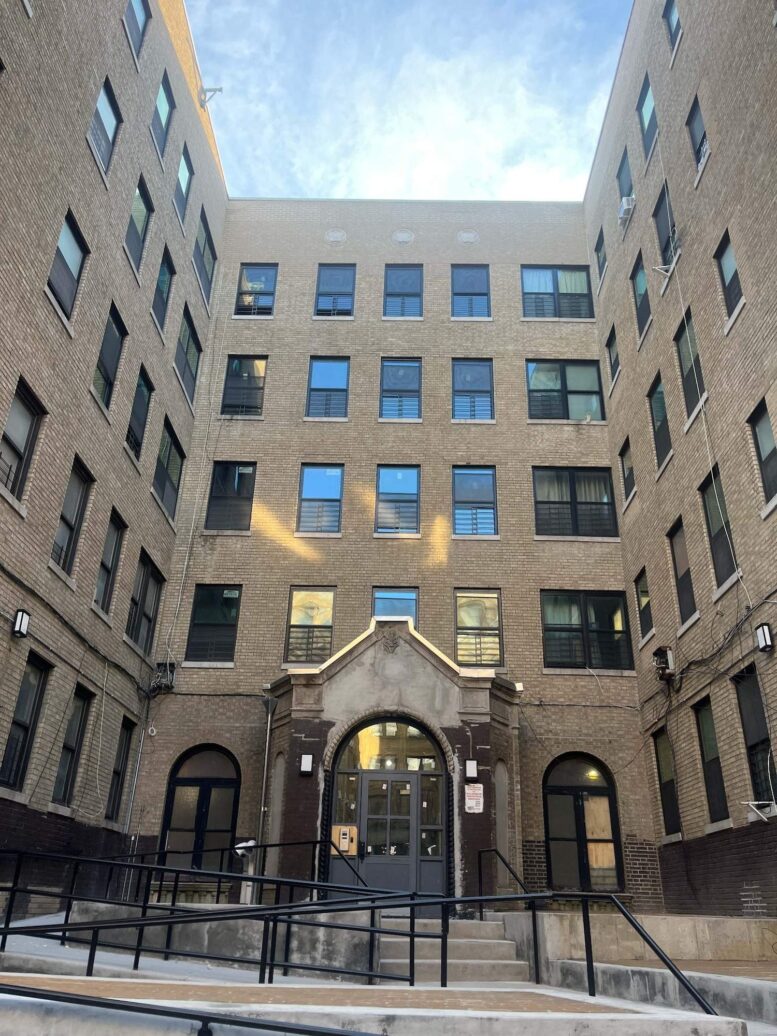
FEMA Pledged To Zero Out MTA’s Transit Security Grant Award in 2025; MTA Was Due To Receive $34 Million To Fund Counterterrorism and Safety Measures
New York State and NYPD’s Investments In Subway Safety Continue; Transit Crime Down 30 Percent in September
Governor Hochul Successfully Fought To Restore $187 Million in Homeland Security Grant Funding Last Week
Governor Kathy Hochul today called out Washington Republicans for cutting critical safety and security funding for New York’s mass transit system. The Metropolitan Transportation Authority (MTA) had been slated to receive $34 million in federal Transit Security Grant Program funds, which support essential counter-terror and transit security functions. Last week, lawmakers were notified that the MTA was to be the only agency of 21 applicants nationwide to not receive federal security dollars via this program.
“Keeping New Yorkers safe, from our streets to our subways, is my highest priority,” Governor Hochul said. “Since 9/11, New York has relied on federal support to ensure that our transit system has the counterterrorism resources it needs to keep millions of riders safe every single day. The shocking actions of Washington Republicans to slash these funds and defund the police put New York City at risk. We will not tolerate these cuts; New York will take every action available to us — including the courts — to ensure the MTA gets this critical funding to keep millions of riders safe.”
The Transit Security Grant Program was started after 9/11. Administered by the Federal Emergency Management Agency (FEMA), these grants support critical functions to keep mass transit systems safe from security threats. The MTA carries a significant portion of the United States’ mass transit riders, with over 6 million daily trips taken on Metro-North, the Long Island Rail Road, and New York City Transit. In addition to approximately $12 million which would go to the NYPD, the MTA had planned to utilize this year’s grant funding to support the following public safety and counter-terror investments:
- Two cybersecurity projects, extending cyber visibility into MTA’s key systems, and a cyber lab to develop protections and vet operational technology systems.
- The procurement and deployment of approximately 330 tactical cellular cameras to replace & expand upon current unsecure offline devices in a cost-effective manner.
- The expansion of MTA weapons of mass destruction chemical detection system across 9 subway lines and a commuter rail terminal.
- The TSA mandated frontline security awareness training of 16,000 MTA employees.
- 374 deployments of MTAPD counterterrorism teams.
- The procurement of 3 MTAPD counterterrorism coordination and response vehicles.
- The installation of several hundred cameras, access control points, and laser intrusion detection systems at a major subway complex.
New York State and the NYPD continue to make significant investments in subway safety. These investments, which support an ongoing surge of NYPD officers in the subway system — including overnight train patrols announced by Governor Hochul in her 2025 State of the State address — have succeeded in reducing transit crime to historic lows in 2025. In 2022, Governor Hochul directed the MTA to install cameras in all 6,000 of its subway cars, which it completed last year. To further enhance safety, this year, the MTA began installing brighter, safer LED lights in all 472 subway stations as well as platform edge barriers to improve customer safety at 100 stations throughout the system.
Subway crime in September was down 31 percent from September 2024, and year-to-date, crime is down 4.3 percent compared to 2024. This summer was the safest summer in the subway since 2009, with major crimes down nearly 10 percent from 2024. Felony assaults in the transit system were down in September, and were down every month this summer when compared with the same month last year.
Last week, Governor Hochul successfully fought to restore $187 million in critical counterterrorism and homeland security funding cuts which had been planned by the Department of Homeland Security. These unprecedented cuts would have had a direct impact on public safety agencies throughout the state.







